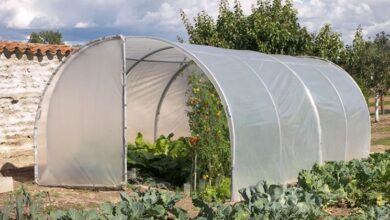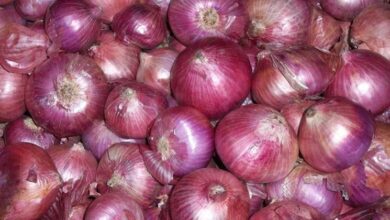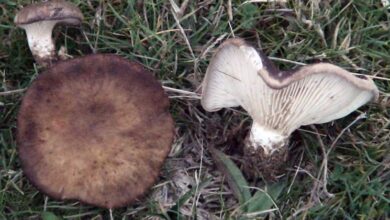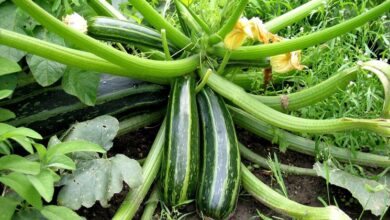Artichoke cultivation
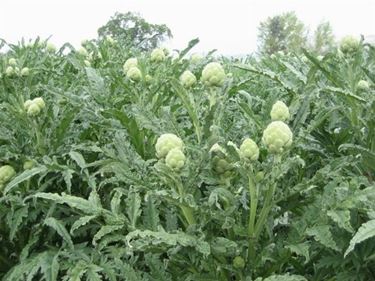
General characteristics

Sowing
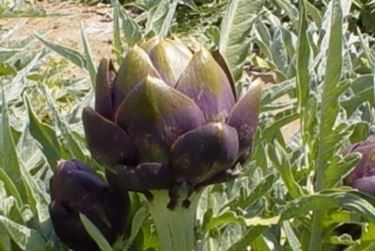
The artichoke can reproduce from seed, but the resulting plants no longer refer to any of the starting varieties, due to the strong heterozygosity of the plant’s genomic makeup, with consequent unpredictability about the size of the flower heads and the flowering period that may vary from specimen to specimen. Therefore, it is better to proceed by vegetative propagation, without reaching the one carried out in vitro but simply using either the carducci taken during the unhinging, or the ovoli taken from the rhizomes, perhaps during the renewal of the old artichoke fields. In the first case the carducci, that is the basal suckers originating from the buds of the underground rhizome, 20-40 cm high and with approximately 4 leaves, they are removed together with a small portion of rhizome provided with rootlets and implanted either in October with a heap when the first cold weather arrives, or in spring. In any case, the topping of the leaves of the carducci must be carried out before planting. On the other hand, you work with the ovoli in the summer, picking them up and making them pre-sprout (moistening them and keeping them in piles for a couple of days) before planting them in holes 20 cm deep. Planting distances vary depending on the variety, but are usually around 2 meters between rows and 80 cm across the row. If you want to try sowing, you can proceed at the end of winter in a covered seedbed or in the open field in May, burying the seeds at a depth of 1.5 cm. In any case, the topping of the leaves of the carducci must be carried out before planting. On the other hand, you work with the ovoli in the summer, picking them up and making them pre-sprout (moistening them and keeping them in piles for a couple of days) before planting them in holes 20 cm deep. Planting distances vary depending on the variety, but are usually around 2 meters between rows and 80 cm across the row. If you want to try sowing, you can proceed at the end of winter in a covered seedbed or in the open field in May, burying the seeds at a depth of 1.5 cm. In any case, the topping of the leaves of the carducci must be carried out before planting. On the other hand, you work with the ovoli in the summer, picking them up and making them pre-sprout (moistening them and keeping them in piles for a couple of days) before planting them in holes 20 cm deep. Planting distances vary depending on the variety, but are usually around 2 meters between rows and 80 cm across the row. If you want to try sowing, you can proceed at the end of winter in a covered seedbed or in the open field in May, burying the seeds at a depth of 1.5 cm. but usually they are around 2 meters between the rows and 80 cm on the row. If you want to try sowing, you can proceed at the end of winter in a covered seedbed or in the open field in May, burying the seeds at a depth of 1.5 cm. but usually they are around 2 meters between the rows and 80 cm on the row. If you want to try sowing, you can proceed at the end of winter in a covered seedbed or in the open field in May, burying the seeds at a depth of 1.5 cm.
Ground
The artichoke prefers a medium-textured, fresh, deep soil with a neutral pH, but can adapt to different situations both from the point of view of pH and texture. The preparation of the soil will take place at the beginning of summer for egg propagation or in autumn for carducci propagation and involves a deep tillage up to 50 cm with the addition of organic substance, followed by more superficial tillage.
Fertilization
Fertilization must be abundant because the plant is a strong consumer. In addition to the preparation of the soil, balanced fertilization will be provided at the time of implantation or in spring followed by two administrations rich in nitrogen during the peak of the vegetative season.

